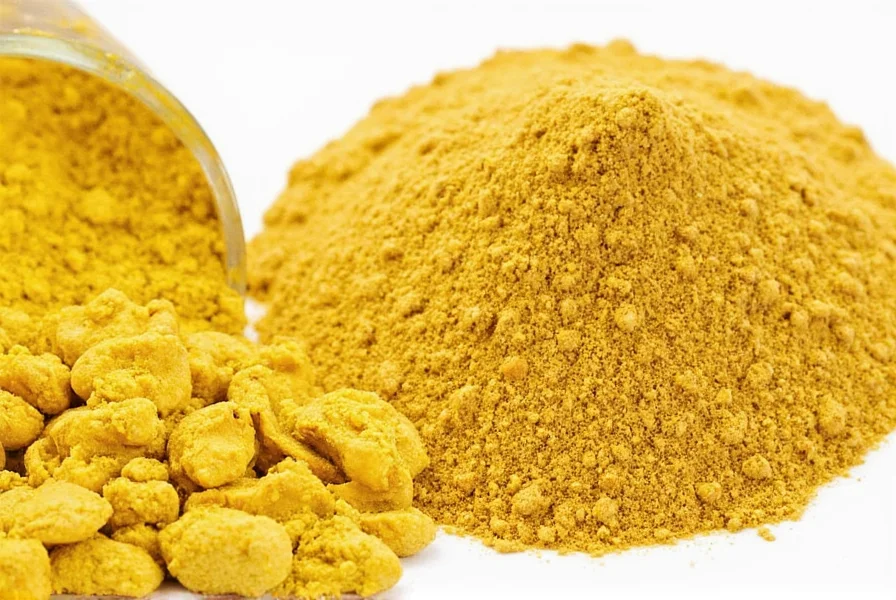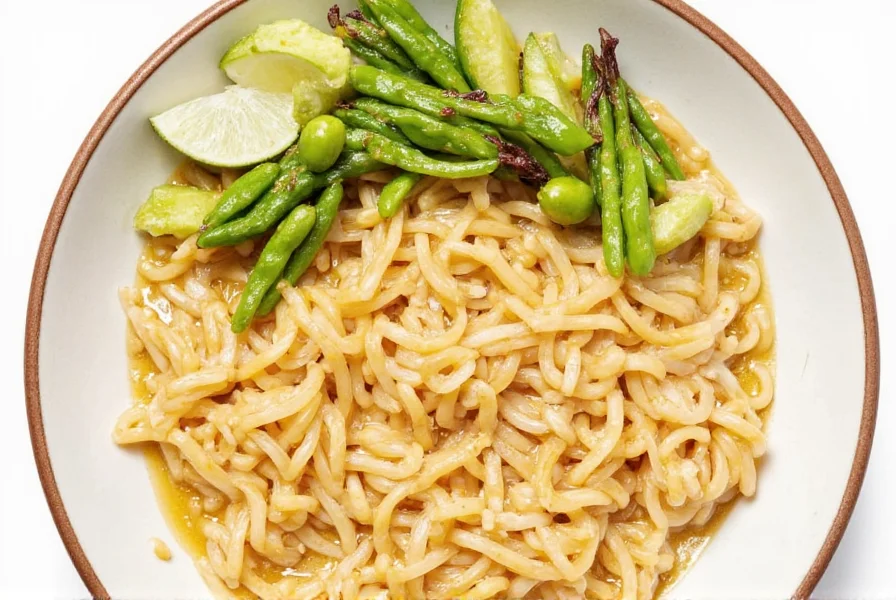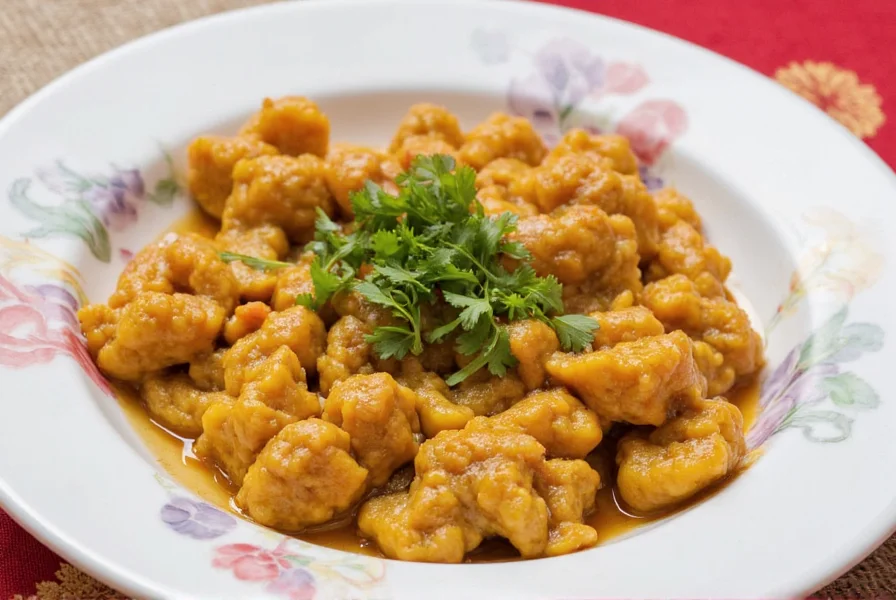A Spicy Journey: Exploring the World of Oriental Mustard Recipes
Spices are the heartbeat of global cuisine, and among them, mustard holds a special place—especially in the form of oriental mustard recipes. Whether you're a seasoned chef or a home cook with a passion for bold flavors, this guide will take you through the history, techniques, and creative uses of oriental mustard. From its roots in Asia to modern-day adaptations, we’ll explore how this pungent condiment can elevate your cooking game.
Table of Contents
- Practical Tips for Using Oriental Mustard
- History and Culture Behind Oriental Mustard
- Cooking Techniques and Flavor Pairings
- Buying Guide: Choosing the Right Oriental Mustard
- Conclusion
Practical Tips for Using Oriental Mustard
If you're new to oriental mustard, it might seem overwhelming, but with a few key tips, you'll be on your way to mastering its unique flavor. Here’s a quick list to get you started:
- Start Small: Oriental mustard is strong, so begin with a small amount and adjust to taste.
- Pair with Rich Flavors: Its sharpness pairs well with fatty meats, grilled vegetables, or creamy sauces.
- Use as a Marinade: Mix it with soy sauce, rice wine, and garlic for a zesty marinade for chicken or pork.
- Add to Dipping Sauces: Blend it with mayonnaise or honey for a tangy dipping sauce that works great with spring rolls or dumplings.
- Experiment with Heat Levels: Some varieties are milder, while others are fiery—choose based on your preference.


History and Culture Behind Oriental Mustard
Oriental mustard has deep roots in East Asian cuisine, particularly in China, Japan, and Korea. While the exact origin is debated, it's believed that the earliest forms of mustard were used in ancient Chinese medicine and culinary practices. Today, it's a staple in many traditional dishes and is often used to balance rich or oily foods.
In Japan, karashi (Japanese mustard) is commonly used in sushi and hot pot dishes. In Korea, chogochujang (mustard paste) is used to add heat to kimchi and stews. Meanwhile, in China, huajiao jiang (Sichuan mustard) is known for its numbing spice and is often used in Sichuan cuisine.
The use of mustard in these regions isn’t just about flavor—it’s also tied to tradition and cultural identity. Many families have their own variations, passed down through generations. So, whether you’re making a simple oriental mustard recipe or experimenting with something new, you're tapping into a centuries-old culinary heritage.
Cooking Techniques and Flavor Pairings
Mastering oriental mustard requires more than just knowing when to add it—it's about understanding how it interacts with other ingredients. Here are some effective techniques and pairings to try:
- Stir-Frying: Add a spoonful of mustard near the end of cooking to give your stir-fried veggies or meat a bright, spicy kick.
- Sauce Making: Use it as a base for glazes, dressings, or even as a substitute for wasabi in certain dishes.
- Cooking with Rice: Mix a bit into your rice for an extra layer of flavor, especially with fried rice or congee.
- Marinating: Combine it with soy sauce, vinegar, and sugar to create a flavorful marinade for seafood or tofu.
- Enhancing Soups: A splash of mustard can brighten up a heavy soup, adding depth and complexity.
To help you choose the right type of mustard for your dish, here's a quick comparison table:
| Type of Mustard | Flavor Profile | Best Used With | Heat Level |
|---|---|---|---|
| Japanese Karashi | Mildly spicy with a sweet undertone | Sushi, sashimi, hot pots | Moderate |
| Korean Chogochujang | Strong, pungent, slightly sweet | Kimchi, stews, grilled meats | High |
| Chinese Huajiao Jiang | Numbing, spicy, aromatic | Sichuan dishes, braised meats | Very High |
Buying Guide: Choosing the Right Oriental Mustard
With so many options on the market, choosing the right oriental mustard can be overwhelming. Here’s what to look for when selecting the perfect one:
Key Features to Consider
- Origin: Look for brands that specify the country of origin, such as Japan, Korea, or China, to ensure authenticity.
- Ingredients: Check the label for natural ingredients like mustard seeds, rice wine, or chili. Avoid products with excessive preservatives or artificial additives.
- Heat Level: Choose based on your taste preferences. Mild, medium, or extra-hot varieties are available.
- Texture: Some mustards are smooth and creamy, while others are chunky or pasty. Select based on how you plan to use it.
- Brand Reputation: Opt for well-known brands that have a track record of quality and consistency.
Here’s a quick breakdown of some popular oriental mustard products:
| Product Name | Features | Advantages | Use Cases | Target Audience |
|---|---|---|---|---|
| Shoyu Mustard by Kewpie | Smooth, mild, soy-based | Great for sushi and light dishes | Appetizers, sushi, sandwiches | Home cooks and sushi lovers |
| Chogochujang by Kimchi King | Pungent, spicy, fermented | Deep flavor, great for kimchi | Korean meals, stews, grilled meats | Korean cuisine enthusiasts |
| Sichuan Mustard by Lao Gan Ma | Spicy, numbing, aromatic | Perfect for Sichuan-style dishes | Braised dishes, noodles, stir-fries | Spice lovers and adventurous cooks |
When it comes to oriental mustard recipe, the choice of mustard can make all the difference. Whether you're looking for a subtle kick or a fiery punch, there's a variety out there to match your taste and cooking style.
Conclusion
Oriental mustard is more than just a condiment—it’s a gateway to the vibrant world of global spices and traditions. By understanding its history, learning how to use it effectively, and choosing the right product, you can bring new dimensions to your cooking. Whether you're experimenting with a oriental mustard recipe or simply enjoying it with your favorite dish, this versatile ingredient is sure to impress.
So next time you reach for a bottle of mustard, remember: you're not just adding flavor—you're connecting with centuries of culinary culture. Happy cooking!











 浙公网安备
33010002000092号
浙公网安备
33010002000092号 浙B2-20120091-4
浙B2-20120091-4